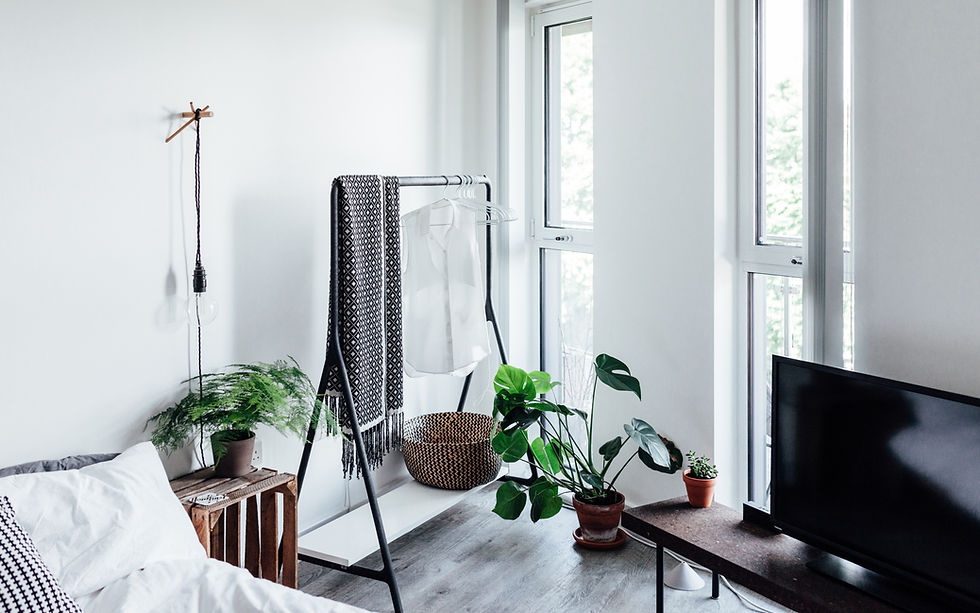A houseplant is a plant that is grown indoors in places such as residences and offices, namely for decorative purposes, but studies have also shown that they have positive psychological effects and as well as help with indoor air purification.
Houseplant propagation is a plant pieces cut from a parent plant and rooted to form new plants are called “cuttings . Use of cuttings is a simple, inexpensive way to multiply houseplants and garden plants. Many plants can be propagated by cuttings. Each new plant will have the characteristics and genetic makeup of its parent plant.

ZZ, Rubber Plant & Bird of Paradise
Zamioculcas Zamiifolia "ZZ"
Rubber Plant
Bird of Paradise


English Ivy

Rubber Plant

Monstera Deliciosa

Succulents "Cactus Family" & How to care

PALM - How to care and varieties

Rubber Plant - How to Care

Pothos - How to Care & Philodendron Types


Monstera Deliciosa
Other names: Swiss cheese plant Native: Mexico, Panama The Monstera is often confused with P. bipinnatifidum, otherwise known as the split-leaf philodendron. Both plants bear similar split leaves and growing habits as house plants. But the Monstera is not a philodendron and in its natural habitat is fruit-bearing (hence the “deliciosa” name!). Important to know, though, that its leaves, like the philodendron’s, are mildly toxic.



Bird of Paradise - How to Care



Dumb Cane - How to Care

Majesty Palm - How to Care


Fiddle Leaf Fig Tree - How to Care

Philodendron Bipinnatifidum
Other Names: P. Selloum, Hope Plant, Lacey tree,
Native: South America
This type of philodendron is a non-climbing tropical plant grown as a floor plant in temperate climates. Its dramatic leaves are large with deep lobes. The leaves turn to face the light, so it is advised to rotate the plant regularly and keep it away from direct sunlight in order to keep its foliage balanced and its position correct. You need a spacious room to showcase this plant as it can grow to a width of five feet!

Terranium Plants

Orchids

Succulents

Comments